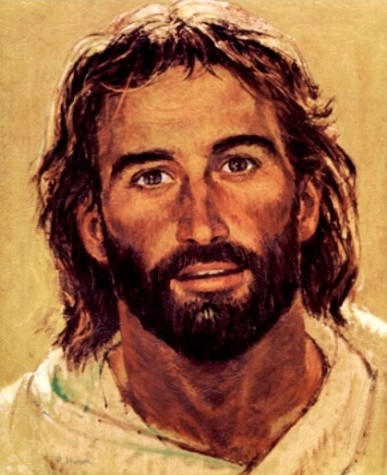How white was Jesus?
 The new movie Risen was recently released depicting the story of Jesus’ resurrection. Despite having a new perspective from the point of view of a nonbeliever, the film has one thing in common with its fellow biblical movies: almost every character is white.
The new movie Risen was recently released depicting the story of Jesus’ resurrection. Despite having a new perspective from the point of view of a nonbeliever, the film has one thing in common with its fellow biblical movies: almost every character is white.
Most of the cities in the bible are located in present day Israel, a Middle Eastern country. Not a single main character in Risen is of Middle Eastern ethnicity. The same goes for other popular biblical films such as The Passion and The Ten Commandments. So why can’t we accept, and portray, a Middle Eastern Jesus?
First, when you think of the Middle East, you probably think of Islam, which is understandable. According to the Pew Research Center, 91.2% of Middle Eastern people are Muslim. The New York Times reports that only 4% of the Middle Eastern population is Christian, so viewing Jesus as Middle Eastern doesn’t fit the typical characteristics of the ethnicity today.
Secondly, it’s difficult to view Jesus as anything other than white, because it seems he’s always been depicted that way. It’s not just current movies that are guilty of whitewashing Jesus; great works of art also portray Jesus and other religious figures as white: Da Vinci’s The Last Supper, Dali’s Crucifixion, and the paintings of Jesus that we have around school.
Lastly, whites still have a systematic privilege. The reason why Jesus is seen as white is the same reason whites are less likely to pulled-over or searched by police. Racism is still an issue today, and a white Jesus is just another example of white privilege.
No matter your reasons for why you see Jesus how you see him, depicting him as anything but Middle Eastern is simply historically inaccurate, and movies should be expected to at least get the facts straight.





